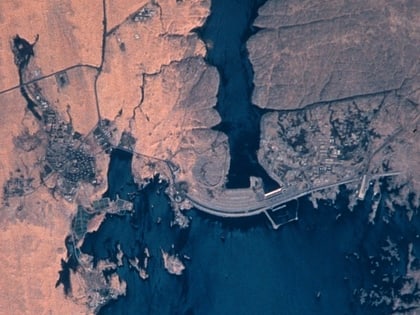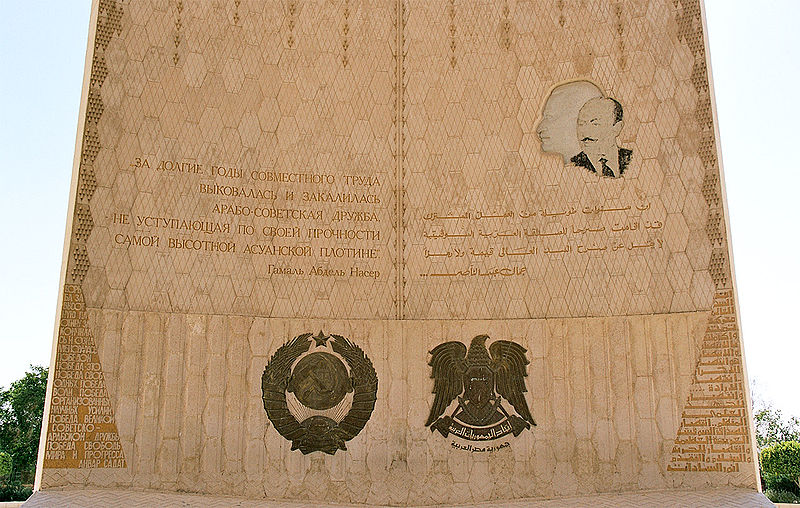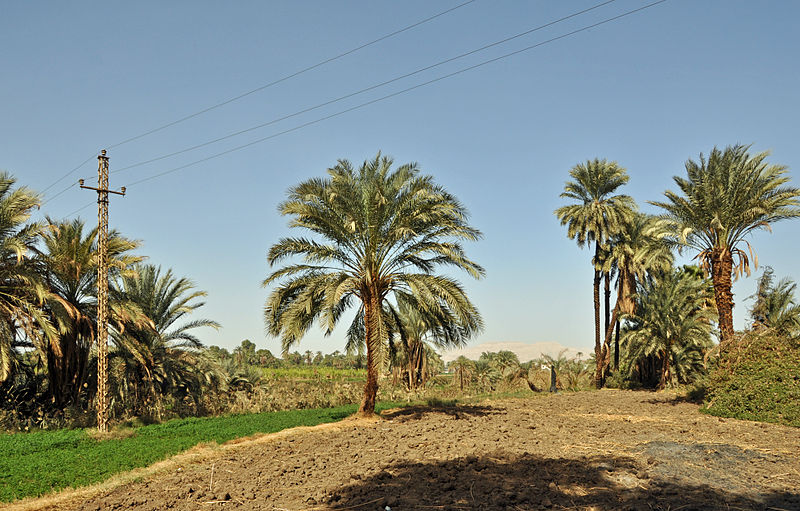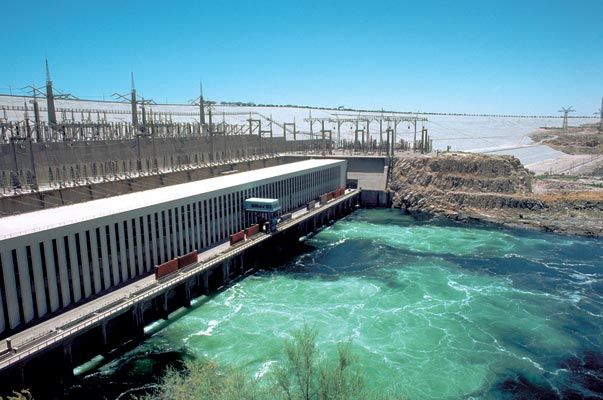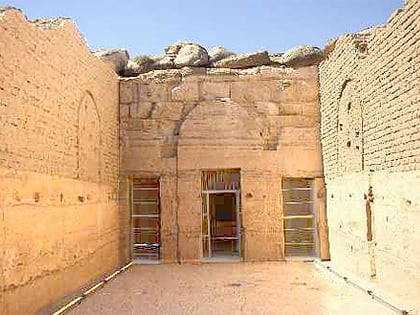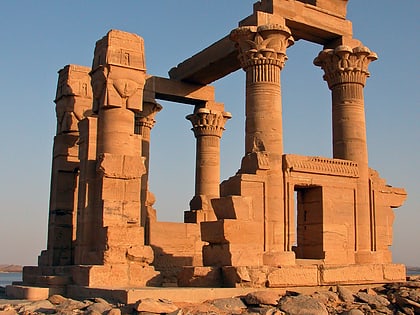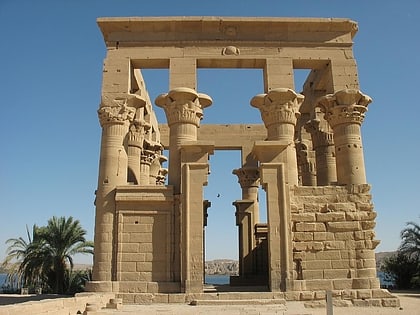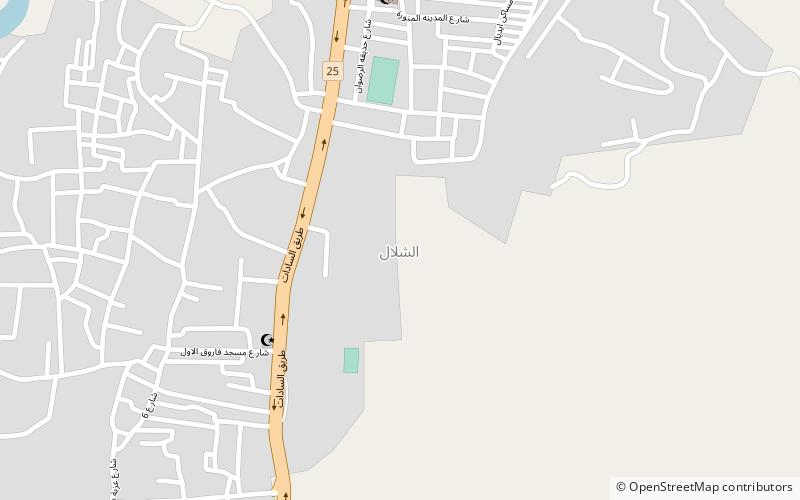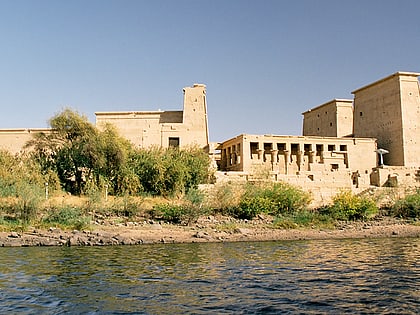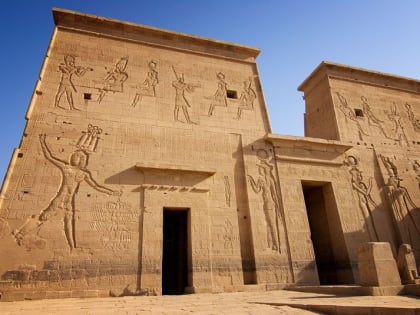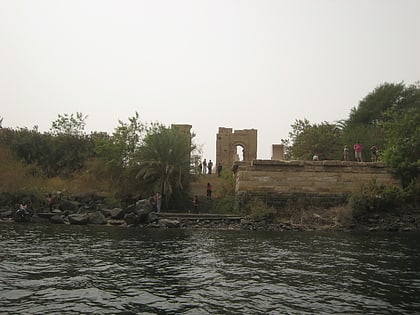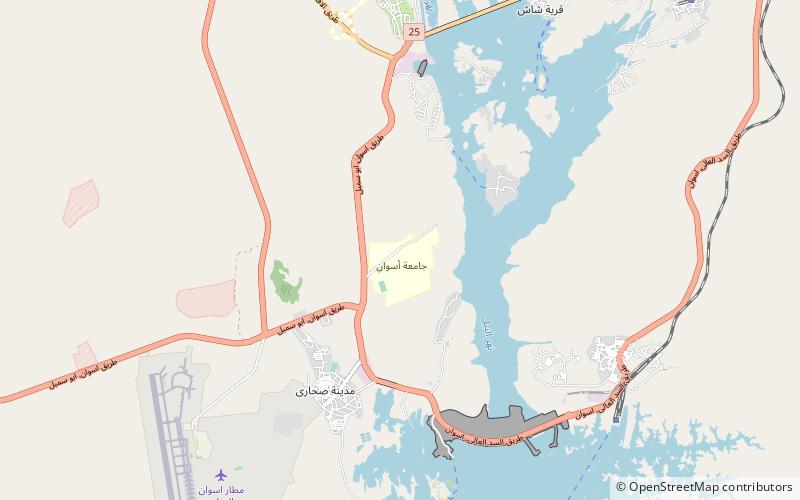Aswan Dam
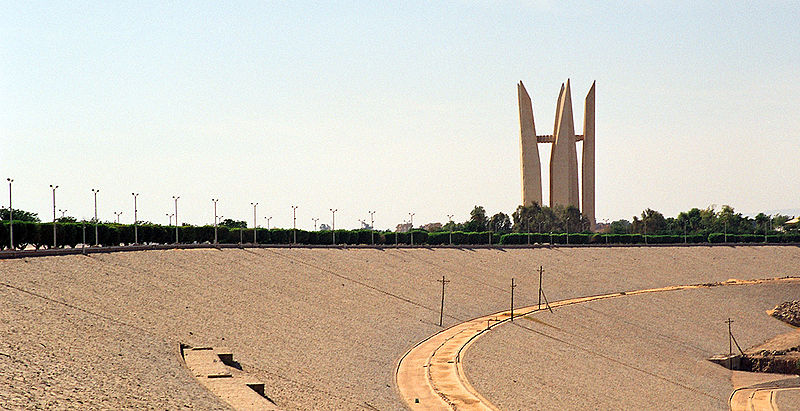
Facts and practical information
The Aswan High Dam, a monumental feat of engineering, stands as a testament to modern advancements and a pivotal development in Egypt's history. Located near Aswan, Egypt, this embankment dam was completed in 1970, after a decade of construction, to control the flooding of the Nile River, provide increased water storage for irrigation, and generate hydroelectric power.
With its construction, the dam created Lake Nasser, one of the world's largest man-made lakes, which has become a crucial resource for Egypt's agricultural sector. The dam is approximately 3,830 meters long, 980 meters wide at the base, 40 meters wide at the crest, and 111 meters tall. It has a storage capacity of some 132 cubic kilometers of water.
The Aswan High Dam has had a significant impact on the economy and culture of Egypt. By controlling the flow of the Nile, it has protected millions of people from the ravages of annual floods and droughts. Additionally, the hydroelectric plants installed in the dam generate a substantial portion of Egypt's electricity, powering homes and industries.
However, the dam's construction was not without controversy. The creation of Lake Nasser led to the displacement of over 100,000 people and the loss of archaeological sites, which prompted international efforts to save and relocate ancient temples, such as the famous Abu Simbel.
Aswan
Aswan Dam – popular in the area (distance from the attraction)
Nearby attractions include: Temple of Beit el-Wali, Kiosk of Qertassi, Trajan's Kiosk, Shellal.
